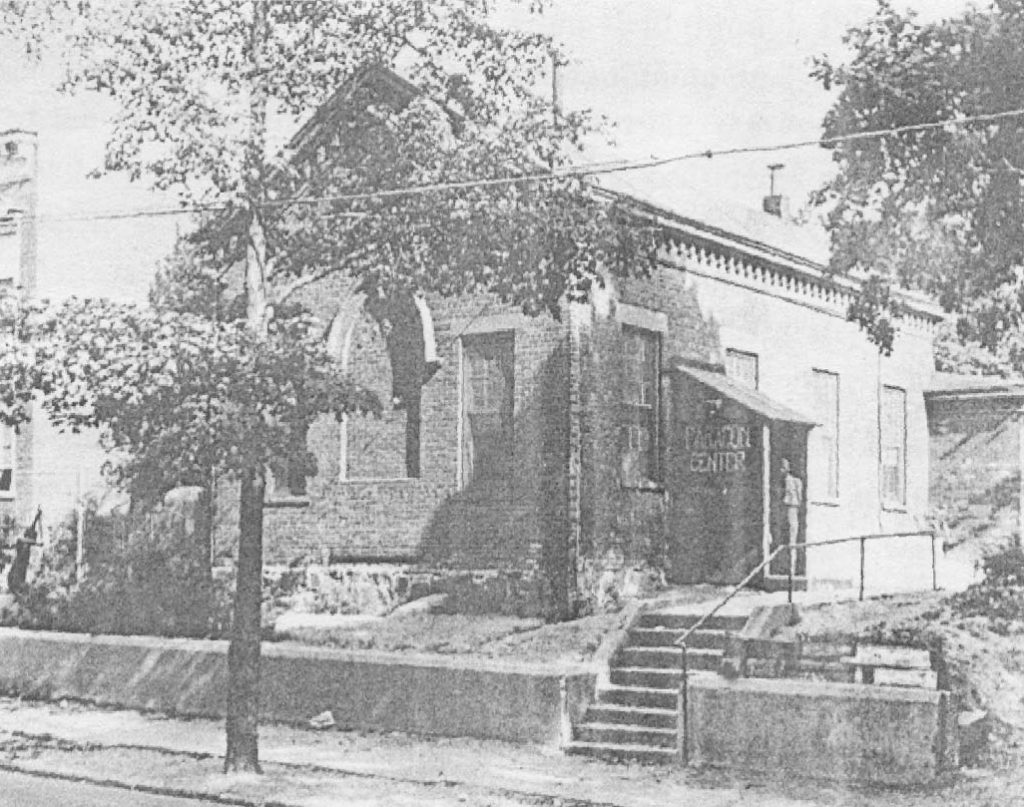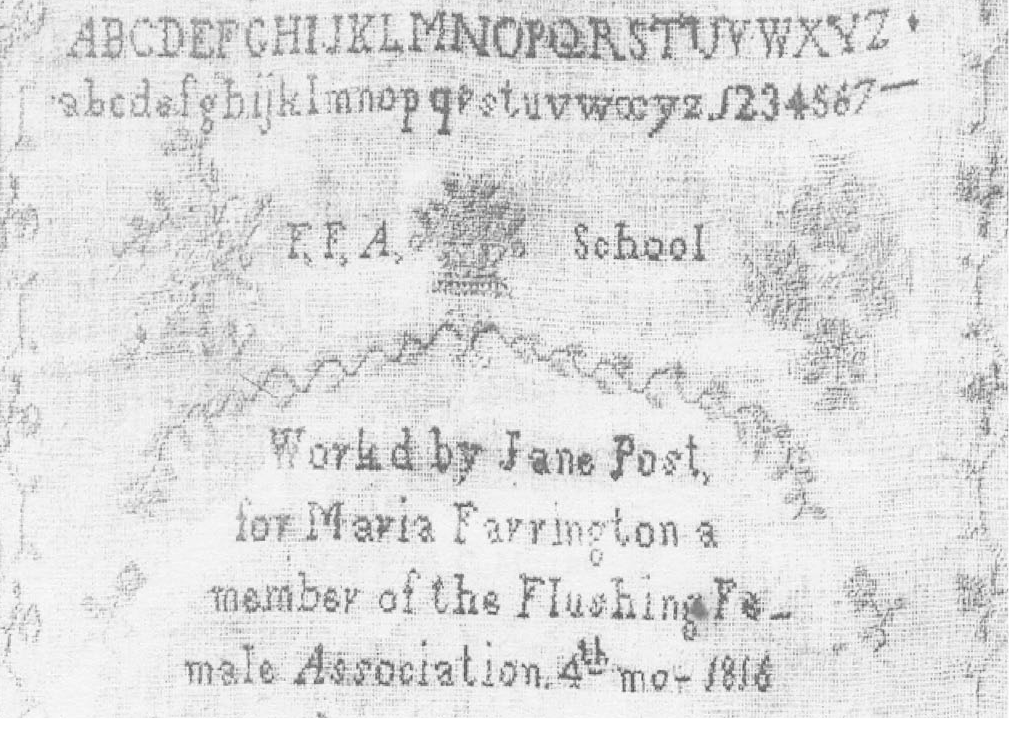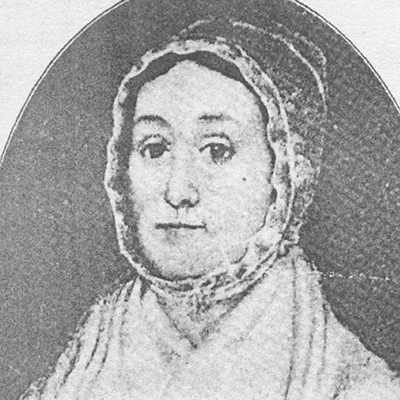A History of the Flushing Female Association
Flushing Female Association (1814 – 1989)
Founder of the Flushing Female Association Scholarship Fund in The New York Community Trust
On February 7, 1814, in the town of Flushing in Queens, New York, a group of Quaker ladies met at “Willowbank,” the home of Elizabeth W. Lawrence on Lawrence Avenue. They discussed “the situation of the poor children of Flushing in their neighborhood, who from the incapacity of their parents to give them education, are growing up in ignorance and in danger of being led into vice and immorality.”
This was the beginning of The Flushing Female Association, and 18 women, including “the Widow” Lawrence, Margaret Aspinwall, Elizabeth Mitchell, Ann and Catherine Bowne, four Franklins, and four Farringtons, agreed to contribute two dollars yearly to start a school for local children.
All the members felt “honored to have been part of this 176-year-old organization that has endeavored to better the lives of many past and present Flushing residents.”
A building was rented and the members took turns teaching the 19 enrolled pupils. Members also collected warm clothing for students otherwise unable to attend in the winter. By April 1, a full-time teacher had been hired.
Two adjoining tracts of land on Liberty Street (now 38th Avenue) were bought in 1819 and 1821 and a newly constructed wooden building began serving as the schoolhouse, which came to be known as the Flushing Quaker School.
By 1828, there were an average of 50 pupils each year, but funds were running low and each student had to be taxed 2 cents every week. Fortunately, The Association received a bequest in 1838 of £150 that considerably eased its financial situation.
In 1841, a seven-year-old boy named Patrick Healy from Macon, Georgia, was sent to the Flushing Quaker School. It was illegal to teach blacks in the South at that time. He went on to college, joined the Jesuits, and became the first American black man to receive a PhD. From 1874 to 1882, he served as president of Georgetown University.

By 1862, the wooden schoolhouse was replaced with a brick building, which was rented by the District School Board. During the following 25 years, only black children attended the school. But over time, as black children began to be admitted to public schools, the Quaker School altered its classes to become more practical in nature—sewing, carpentry, chair caning, and cooking—and added night classes for adults.
By 1925, all the classes had been discontinued, and the Veterans of Foreign Wars (VFW) rented the building until 1933.
The Association—which continued to meet four times a year and send a committee to visit the building periodically—did not stop helping the community. They donated four hundred dollars every year to various local charities that helped black families.
After the VFW, the Paragon Boys Club rented the building for 10 years. During World War II, the Child Service League held its preschool program at the schoolhouse.

But by 1945, the upkeep and taxes became more than The Association could handle. Members agreed to donate the building to the Child Service League with the stipulation that it be used by the black community. If the League was forced to sell the building, any money received would be used “for the education and amelioration of the Negro.”
However, this did not signal the end of The Association. It continued to meet annually and used the interest from its bonds and savings accounts to provide scholarships to young black women. The original mission of The Association was carried on by its members, all descendants of the early Flushing Females or married to a descendant.

Flushing Female Association in 1816.
Members kept in close touch with the scholarship recipients, visiting them and attending their graduations and, in some cases, their weddings.
The last meeting of the Flushing Female Association was held in May 1989. Since it had become increasingly difficult for members to meet even once a year, the group regretfully disbanded.
All the members felt “honored to have been part of this 176-year-old organization that has endeavored to better the lives of many past and present Flushing residents.”
In 1991, the remaining assets of The Association were transferred to The New York Community Trust. The Flushing Female Association Scholarship Fund continues to help young women from Flushing High School with their college expenses.
